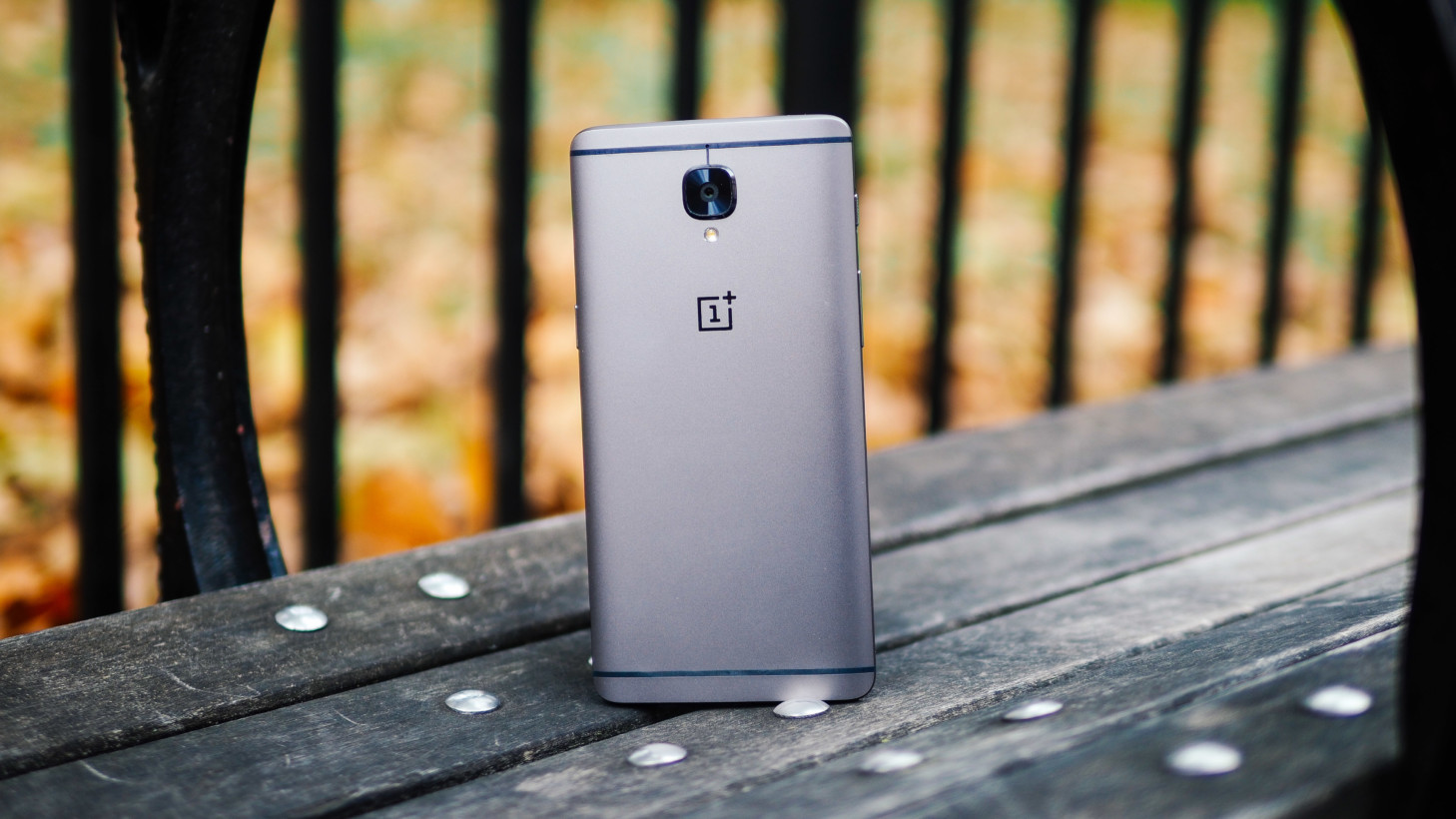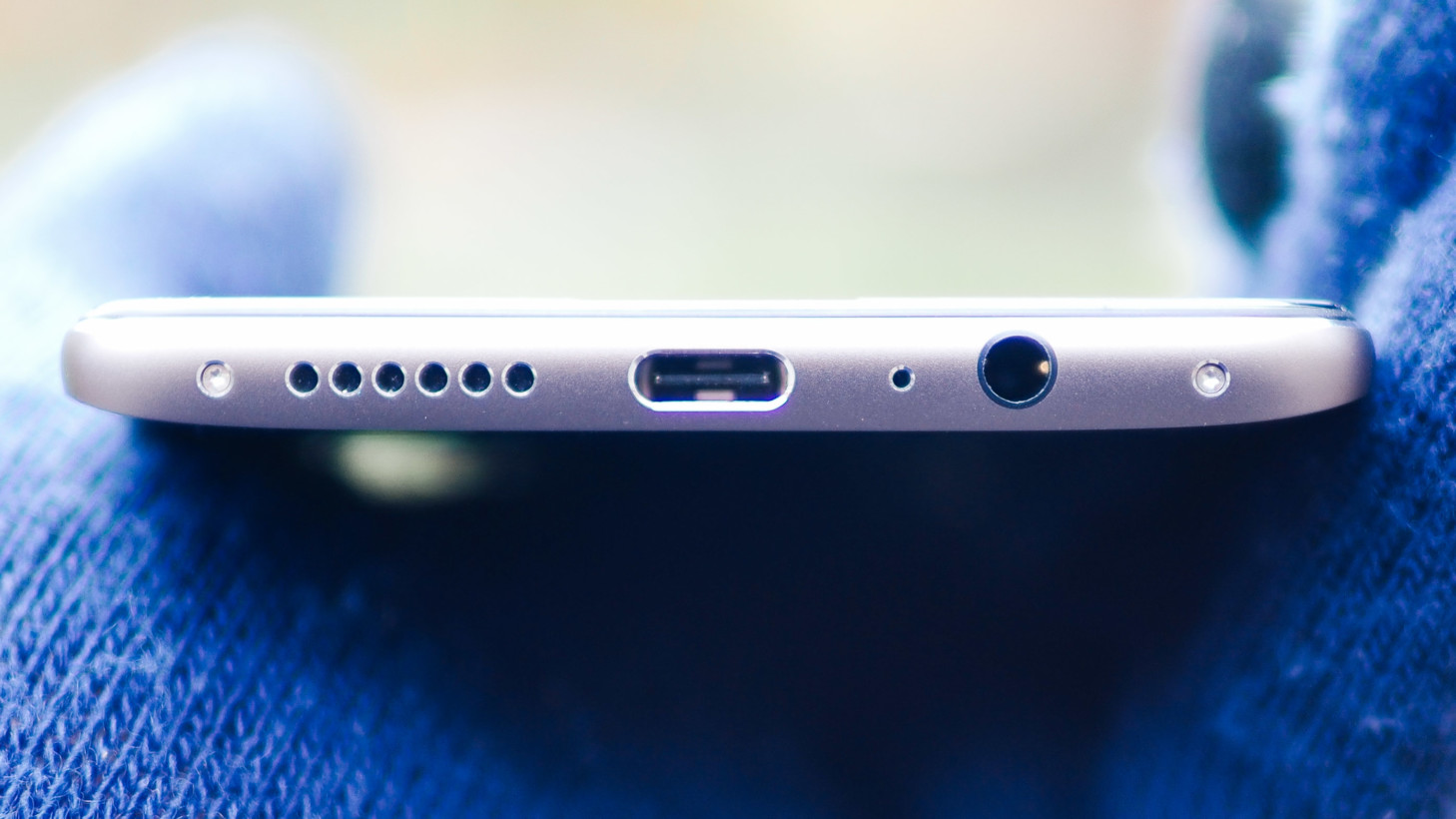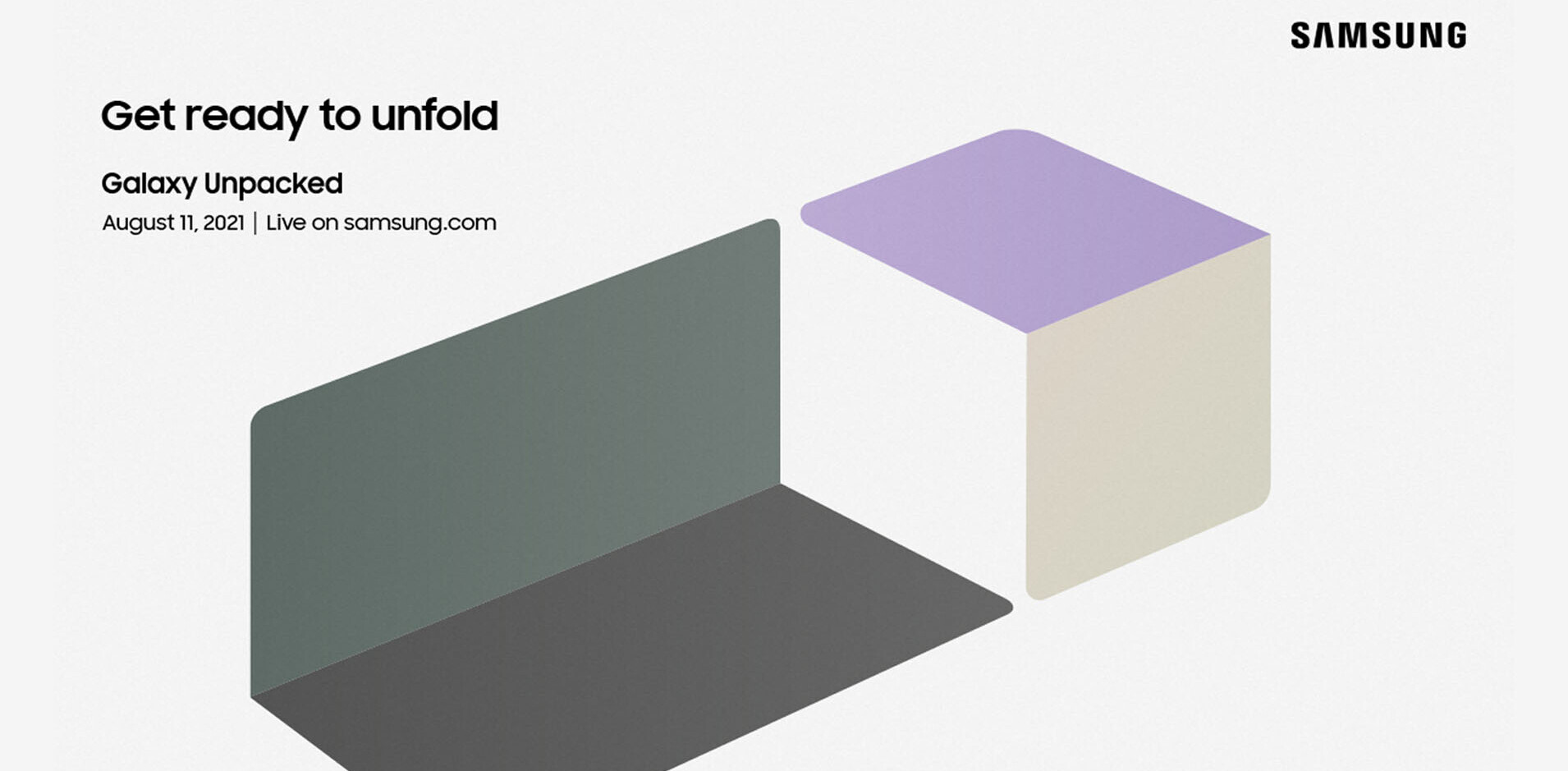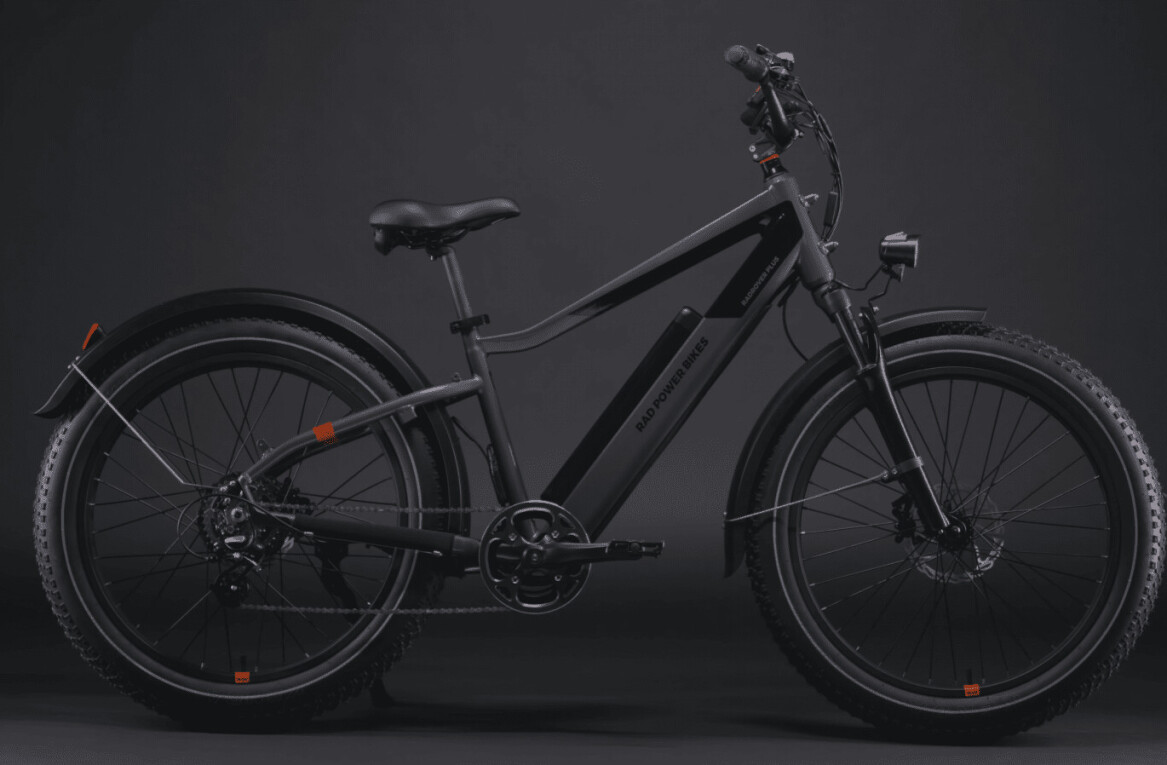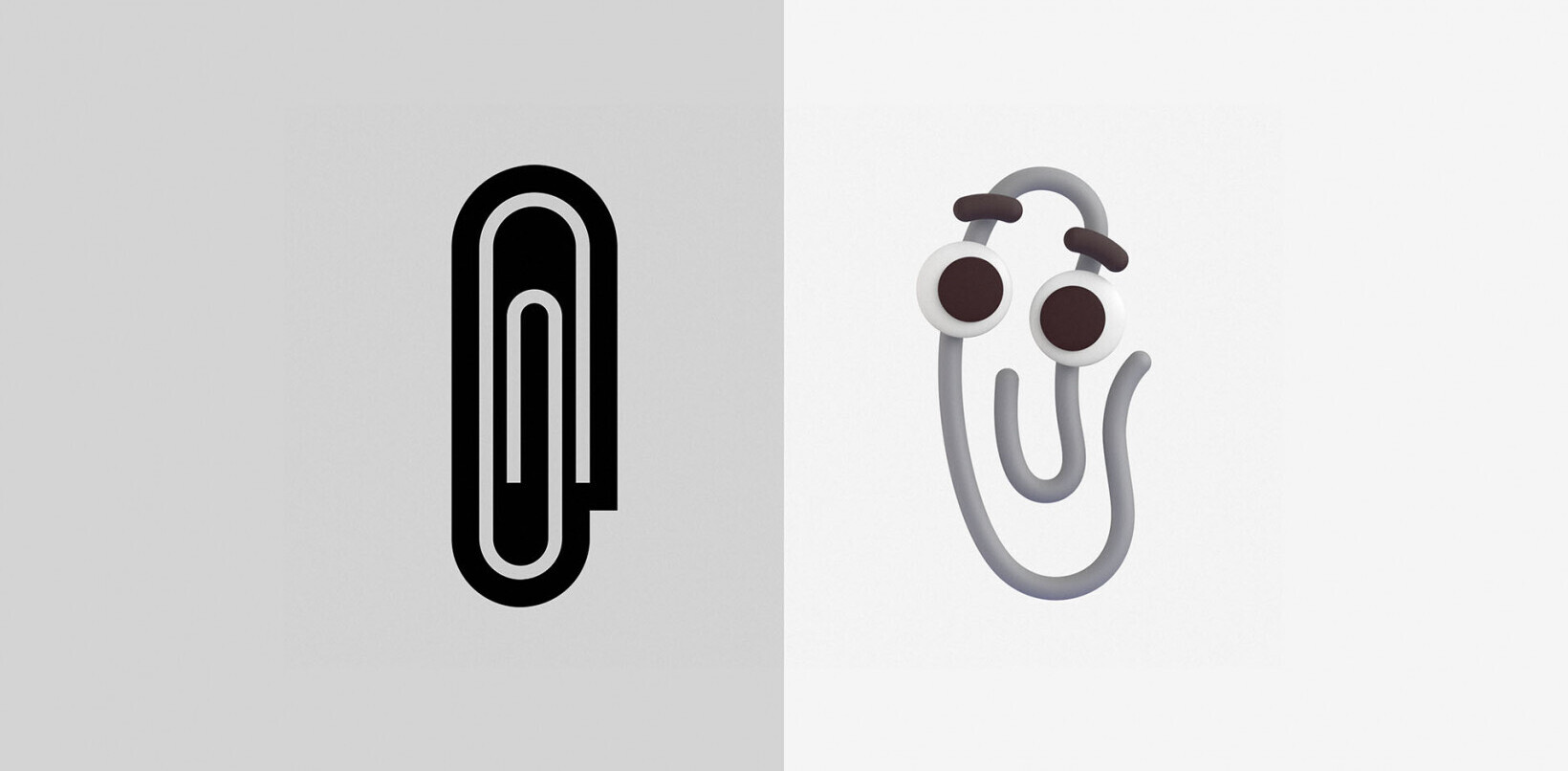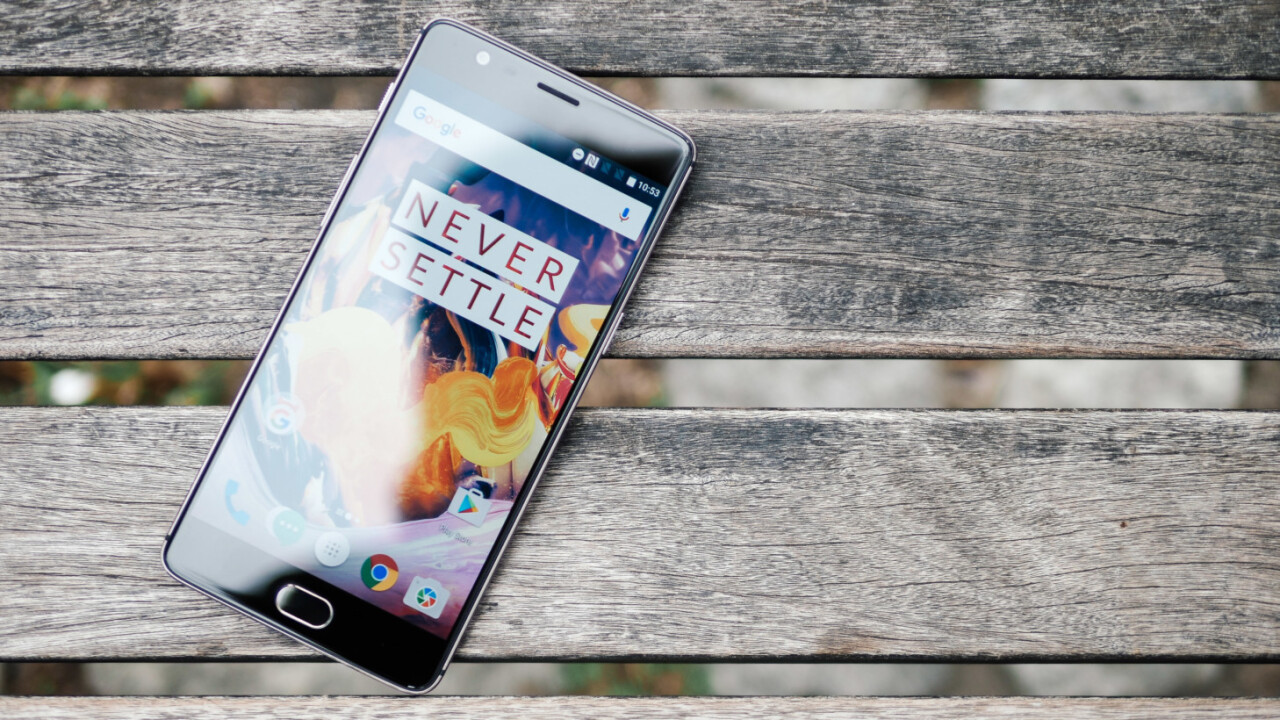
The OnePlus 3T is an odd smartphone. Not for any particular quirks, but because it’s an unusual update to a six month old predecessor.
But that doesn’t mean I’m not happy it exists.
Specs
Let’s get this out the way: if you have a OnePlus 3, there’s almost no reason to upgrade to a 3T. It makes few changes, noticeable to only the most power-heavy users.
- Snapdragon 821 (from an 820)
- 16MP front-facing camera (from 8MP)
- 3,400 mAh battery (from 3,000 mAh)
- 128 GB storage option (Instead of ‘just’ 64 GB)
- Sapphire lens rear camera cover
- Gunmetal color (a darker silver)
The rest of the phone is pretty much unchanged. The screen remains a 5.5-inch 1080p AMOLED, the camera is still a 16MP f/2.0 system, and RAM is still an impressive 6 GB.
That Snapdragon 821 is the headline grabber, as it puts the phone on par with the Google Pixel and LeEco Le Pro3, while beating both of those devices with regards to RAM. While there’s no need to upgrade from the OnePlus 3, I’m glad OnePlus took a chance with the 3T for anyone who got caught in the midcycle smartphone upgrade.
The lack of Nougat out of the box is a bit of a shame, but the update is slated to arrive in beta form later this month, and as a wide release in December. We’ll give OnePlus a pass on that for now, and we’ll update our review once we get our hands on a Nougat build.
The 3T is, in theory, the most powerful Android device in the market – an impressive feat considering its $439 price tag. But in practical terms, the battery will make the biggest difference in your daily experiences.
Hardware and design
Speaking of batteries, kudos to OnePlus for squeezing a 13-percent-larger battery without making the phone any thicker. The OnePlus 3 was already one of the thinnest phones of the year; the 3T is the thinnest phone over 3000 mAh I’ve tested.
The phone is also one of the best built phones I’ve used, feeling on par with or better than the iPhone 7, HTC 10, and the Galaxy Note 7 (well, before it started blowing up).
It does look pretty uninspiring in renders, but subtle details like a light curvature and clean chamfers make the device feel like a true premium product. It grew on me a lot after using it for a couple of days.
I’d also argue the fit and finish feels ever so slightly more premium than its biggest contenders in the ~$400 arena, the ZTE Axon7 and Huawei Honor 8, though I appreciate their more original designs. I miss the unique sandstone back of the older OnePlus phones; you can’t have it all.
The display is low resolution compared to many flagships (exacerbated by its size and Pentile subpixel array), which is a bit of a disappointment if you want to use the phone for VR when Daydream inevitably lands on it. Text also just slightly looks slightly fuzzier compared to other 1080P LCDs or QHD AMOLED panels, and you might see a bit of aliasing in photos.
But that’s really just nitpicking, as it’s one of my favorite panels on a smartphone this year. Colors are vibrant yet surprisingly accurate for AMOLED panel, and you can customize saturation and white balance in settings too.
The speakers are nothing to write home about though; just a single speaker at the bottom of the phone. It gets loud enough, but a disappointment after great the audio experiences on the ZTE Axon 7 and HTC 10. Audio through the headphone jack was also good, but nothing too special.
That alert slider is nifty too. It’s pretty great being able to know your phone is silenced with a simple switch.
Software
OnePlus has one of my favorite takes on Android, with a mostly stock-looking UI with just a few flourishes. Moreover, most of these are genuinely useful and tasteful.
For instance, I appreciate the ability to theme the Material Design UI with a dark mode and different accent colors. It’s a simple addition that goes a long way to making your phone more personal without the gaudiness of some manufacturer or community themes.
It’s also nice to have the choice between virtual buttons and capacitive soft keys, and that you can assign shortcuts to long-presses and double taps as well.
However, as the phone isn’t running Android Nougat at release, you miss out on useful features like a native split-screen mode, the ability to reply straight from notifications, and improved power-saving (though OnePlus says it’s already implemented some of Nougat’s power optimizations.)
I’ve grown used to running apps side-by-side when drafting articles on my phone, where I normally write in one window and reference from another. I also really miss having a one-handed mode, which most other Android flagships offer, and I think is indispensable on phones this big.
Still, I’ll take a minimal approach to android to one that’s bloated with unnecessary extra features.
Performance
Caveats aside, the OnePlus 3T is about performance on a budget, and the phone unsurprisingly, flies. I haven’t used a Google Pixel enough for a direct comparison, but the OnePlus 3T feel as fast as any Android phone I’ve used, with the possible exception of the Huawei Mate 9 I’m reviewing simultaneously.
There’s virtually no lag switching between apps or moving within them. The fingerprint sensor wakes the phone with consistent briskness. The camera opens fast and shoots quickly. Web pages scroll smoothly. The phone behaves like you’d want.
Of course, this was already largely the case with the OnePlus 3. The 3T may give you that tiny extra edge, but when even budget phones with slower processors are good enough for most people, the processor update should be a very small consideration. There’s a reason the Snapdragon 820 and 821 are just an integer apart.
(We’ll update this section with a few benchmarks soon).
Battery
The battery boost, on the other hand, will be more tangible. I didn’t have a OnePlus 3 during testing to compare directly, but there’s no reason not to expect at least an extra couple of hours, given the battery is 13 percent larger (especially considering the slight power improvements with the 821 chip).
Indeed, I consistently achieved excellent battery life with the OnePlus 3T, often getting over 5-7 hours screen on time with my typical heavy use and high brightness (few phones make it past 5 hours of screen on time for me). Standby time was also great, and I generally lost no more than three or four percent overnight.
OnePlus’ proprietary Dash charging is also really good. It gets you a 60 percent charge in 30 minutes (from 0%), which is about in line with Quick Charge 3.0. The big difference is that OnePlus maintains that speed even as you’re using the phone heavily.
It was one of those things I didnt think I’d care I’d care about, but ended up finding tremendously useful. If I had to top up before going out to a meeting, I could continue to do work on my phone without affecting the charging rate. 60 percent in 30 minutes always meant 60 percent in 30 minutes, no matter what I threw at it.
The phone also doesn’t get hot at all with Dash charging, which is a nice bonus. I just wish the technology were more common, so I didn’t have to be worry so much about not bringing or finding the original charger.
Camera
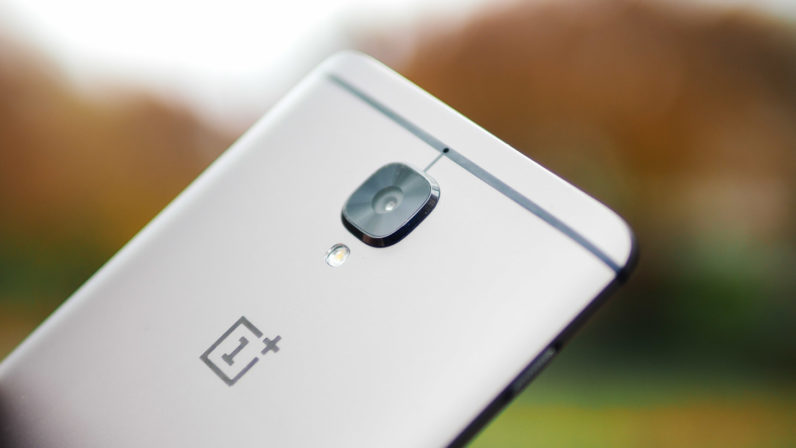
The 3T’s rear-facing camera is unchanged from the 3, but that’s not a bad thing. It consistently resulted in colorful images, and HDR did some of the best work of retaining highlight and shadow detail I’ve seen.
The camera opens up quickly with a double tap of the power button, and shutter button is instant. A ‘Pro’ mode would’ve been nice, I’m just puzzled by the implementation of an ‘HQ’ mode.
The ambiguous name makes you think images are sharper or something, but really it appears to be a dedicated low-light mode.
‘HQ’ does provide noticeably better images in low light, without any slowdown during capture. Unlike almost every other phone, OnePlus chooses to maintain some grain instead of obliviating details with noise reduction, and it’s the better for it.

But it’s silly that I have to remember to turn on HQ every time I’m shooting at night, as you can’t use it and HDR on at the same time. There’s no reason the camera shouldn’t be able to automate that choice for you.

Oh, and then there’s the new selfie camera. It’s pretty great, with a couple of caveats.
It takes good photos in various conditions. Noise is kept pretty low in low light, and colors are actually pretty great in the daytime. There’s ample detail, and OnePlus doesn’t turn on that goddawful beauty mode on by default.

However, there’s no autofocus. That makes the resolution upgrade something of a moot point, as the only reason I’d really want to up the resolution on a selfie is to capture more of my environment, not so that people can count my pores. It means that backgrounds, particularly in low light with strong noise reduction, were often quite mushy.

There’s also no HDR for selfies, and I don’t see any reason why. It’s just as useful with selfies as with environmental photos, given you might often find yourself with a strong constrasting backlight, such as when trying to capture a photo of yourself with a sunset.
Those caveat aside, the OnePlus 3 is an excellent shooter, right up there with the Galaxy S7 and LG V20 as one of the best camera phones of the year.
Buy it for the battery life and polish, not performance
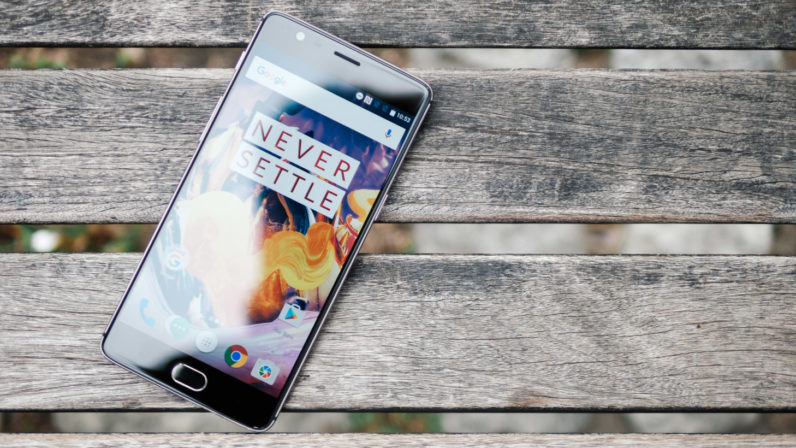
It bears repeating: if you already have a OnePlus 3 and don’t mind the battery life, you don’t need to upgrade to a 3T. The 3T’s performance bump is nice, but hardly noticeable in day-to-day use.
For everyone else, the OnePlus 3T is an excellent smartphone, quite possibly the best all-around performer you can buy. At $439, it’s one of the best values out there too.
It’s hurdle is that 2016 has been a year of excellent smartphones all-around. And while the flagship specs at a low price used to be OnePlus’ sole domain, that’s now occupied by other excellent smartphones like the ZTE Axon 7, Huawei Honor 8, and LeEco Le Pro 3.
On paper, it makes the OnePlus 3T a bit harder to recommend, because it doesn’t really seem to offer a particular hook. The Axon 7 has a unique design, some of the best audio performance on the market, and a higher resolution display. The Honor 8 has the fancy dual camera system and a relatively small size. The LeEco LePro 3 offers the same Snapdragon 821, an even bigger battery, stereo speakers, and even an IR blaster.
Meanwhile, the OnePlus 3’s most unique hardware feature is the alert slider.
But phones are about more than a spec sheet, and where OnePlus excels over all its immediate competitors – and even most more expensive ones – is in polish. The software is one of the very best takes on Android, and will likely get better with Nougat. The design isn’t unique, but it is refined. The phone flies through apps with nary a slowdown. And OnePlus has a tendency to listen to its community, with upgrades coming faster now thanks to a merger of its OxygenOS and HydrogenOS teams.
So while OnePlus is likely going to have to up its game as the budget flagship becomes more common, for now the 3T is one of the very best phones your money can buy, budget or not. The it goes on sale tomorrow, November 22, starting at $439.
Get the TNW newsletter
Get the most important tech news in your inbox each week.

